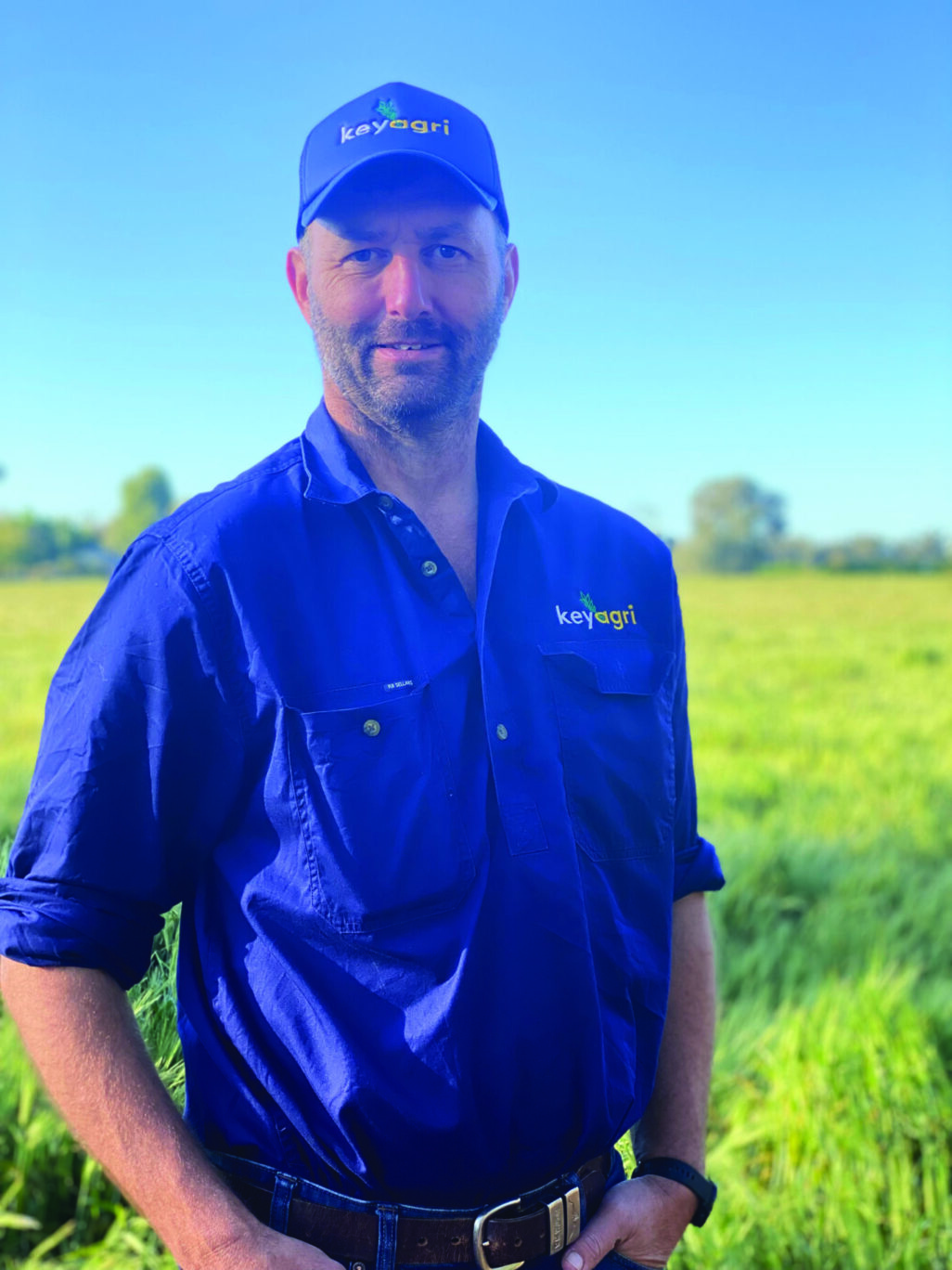Subscribe To Our Weekly Newsletter
Categories
There’s no doubt 2022 has kept growers on their toes, with increasing costs of inputs, extreme rain events and flooding, not to mention the war in Ukraine affecting commodity prices. We caught up with commodity broker Warren Lander, from Key Agri Services, to talk about the factors affecting the grain market this year.
H&P: Tell us a little about yourself and Key Agri.
Key Agri Services is a brokerage business that engages with the farmer to sell their grain on any given day on their behalf. We help farmers navigate the complexities that come with agricultural supply chains, providing our knowledge of the market to help them make decisions and manage risk.
I’m based in Forbes and the other team members are based in Gundagai, Wagga, Boorowa and Canowindra but we have clients from Walgett to Ballarat and all locations in between and have sold grain to destinations all over the eastern seaboard including South Australia. You can read more about us at www.keyagri.com.auWarren Lander- Commodity Broker, Key Agri Services

H&P: What are the international factors you’re seeing right now that affect commodity prices?
Warren: The Australian market is made up of a variety of factors both domestic & international, however with the last few seasons having large exportable surpluses of grain we have seen international factors being the main driving force of overall price action. Since Feb 2022 a lot of the price action has been due to the conflict between Russia & Ukraine and the supply chain restraints placed on this region.
Whilst the War in Ukraine has added majority of the risk into our commodity markets globally, there have been other factors simmering in the background affecting pricing in different ways. We’ve had overall Macro factors like inflation around the world restricting demand along with the high prices from War & additional supply chain costs adding to it. Drier finishes in US & Europe with corn crops reducing crop size has meant reduced competition Australia feed wheat into Southeast Asia etc. However, with a large corn crop forecast out of Brazil the next 2-3 months will see a keen eye cast on weather throughout South America (Brazil / Argentina).
With regards to protein, Australia as well as other regions this past season have had reduced quality grain harvested meaning the world has a reduced supply of good protein wheat for human consumption meaning if your able to harvest quality grain this year it should be well priced.
Canola has had a wild ride for most of the year and volatility should continue into 2023 potentially. Canada has bounced back YOY with a 20MMT and Europe was a good 10-14% higher YOY and both recently noted to likely have increased acres in 2023. Palm Oil also had a bit to do with our large run up around sowing time when Malaysia stopped exports for a month, then reinstated them and sped them up putting pressure on our canola pricing during the growing season. A large portion of the Aussie Crop is exported to Europe for the edible oil & biofuel production meaning our pricing this past few years has been very linked with MATIF Rapeseed Futures (European Market).
H&P: What about the factors closer to home? What’s on your clients’ minds right now?
Warren: The weather and logistics. The biggest issue right now is the huge amount of rainfall during 2022 causing flooding and creating massive accessibility issues on and off farm. There is a real feeling that it’s going to be a hard road ahead. The crops are ready to be harvested but for many growers across the state, accessibility is limited and getting onto these crops is a logistical nightmare.
The road network for transporting grain has been severely impacted by the wet weather. Trucks are getting bogged on council roads and widespread pavement damage is resulting in many road closures across the region. Problems on the rail network have also created issues and this will continue to impact freight movements this year. There are certainly many challenges to work through this year and beyond.
H&P: With everything happening at home and overseas, how are you advising clients?
Warren: Whilst we have some strong thoughts on what growers could do, it’s ultimately up to them whether they want to sit or sell, so we often act as the sounding board during their decision-making.
The market will have shortages which the buyer will chase to fulfill. Once these shortages are filled, the market will soften very quickly and could stabilize at this point for a period until the initial harvest pressure subsides. What I suggest to my clients is to have some forward sales on to cover all immediate costings up until the end of harvest and then reassess once they have considered their business and personal needs.
H&P: What’s the one piece of advice you’d give to anyone unsure whether to sit or sell right now?
Warren: No two years are the same, so you’ve just got to play the cards in front of you. Of course, everyone has a different risk profile and different debt loading but selling a third before, during and after harvest is often a good rule of thumb if you’re unsure. Key Agri Services works with the grower to base their decisions on facts and information in order to get the best outcome for their business.
For more information about data driven decisions, you can also contact our TECSight Precision Ag team. Just call 02 5924 5111.
Articles And Resources From The Hutcheon & Pearce Newsroom

Embrace Sustainability: Discover the Impact of John Deere Reman Parts on Global Reman Day 2024
Embrace Sustainability: Discover the Impact of John Deere Reman Parts

